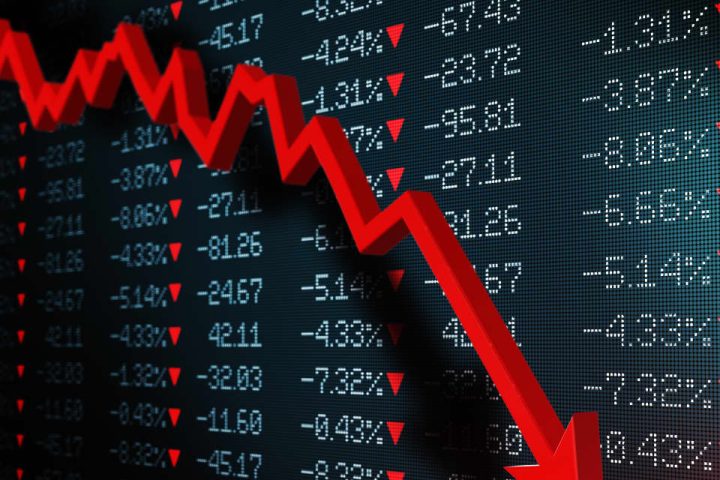U.S. stock indexes finished higher on Thursday, recovering losses from earlier this week as optimism on artificial intelligence drove technology shares higher despite rising uncertainty about whether the Federal Reserve will cut interest rates as quickly as market participants expect.
What happened
-
The Dow Jones Industrial Average
DJIA
rose 201.94 points, or 0.5%, to finish at 37,468.61, ending its three-day losing streak, according to Dow Jones Market Data. -
The S&P 500
SPX
gained 41.73 points, or 0.9%, to end at 4,780.94. -
The Nasdaq Composite
COMP
advanced 200.03 points, or nearly 1.4%, ending at 15,055.65.
Both the S&P 500 and the Nasdaq Composite turned positive in 2024, up 0.2% and 0.3%, respectively, according to FactSet data.
On Wednesday, Dow industrials fell 94 points, or 0.3%, while the S&P 500 and Nasdaq Composite each shed 0.6%, according to FactSet data.
What drove markets
U.S. stock indexes on Thursday clawed back some of their losses from earlier in the week, with megacap technology stocks powering the large-cap benchmark S&P 500 and the Nasdaq Composite to erase all their 2024 losses.
Shares of Taiwan Semiconductor Manufacturing Co.
TSM,
which produced results that beat analyst forecasts, finished 9.8% higher on Thursday, while the VanEck Semiconductor exchange-traded fund
SMH,
which tracks 25 of the largest U.S.-listed chip makers, including Advanced Micro Devices Inc.
AMD,
and Nvidia Corp.
NVDA,
jumped 3.3% to end at an all-time high, according to FactSet data.
Meanwhile, BofA Securities analyst Wamsi Mohan weighed in with a newly upbeat view of Apple Inc.’s stock
AAPL,
Thursday, upgrading it to buy from neutral amid longer-term optimism about the iPhone business. Apple shares were up 3.3% to book their largest one-day advance since May 5, according to FactSet data.
However, investors are still concerned that the Federal Reserve may not wind down its aggressive monetary tightening as quickly as market participants expect.
The last Fed meeting in December had markets increasingly expecting rate cuts to begin in March 2024. These expected cuts were also anticipated to be much deeper than what the central bank has forecast for the year.
See: Fed’s Bostic makes case for first rate cut in July-September quarter
However, those expectations are in doubt this week after strong December retail-sales data and after policy makers talked down expectations for an early start to rate cuts. Investors in both stock and bond markets are now speculating that the central bank will be in no rush to cut borrowing costs as the economy shows signs of resilience.
U.S. stocks have endured a choppy start to the year, with the S&P 500 pulling back from near-record highs. The 10-year Treasury yield
BX:TMUBMUSD10Y
has jumped more than 30 basis points to around 4.14% this week, according to FactSet data.
In U.S. economic data, the number of Americans who applied for first-time unemployment benefits last week fell to 187,000 to the lowest level in 16 months, indicating that layoffs remain near record lows. Economists had forecast new claims in the week ending Jan. 13 to total 208,000.
Arnim Holzer, global macro strategist at Easterly EAB Risk Solutions, said the labor-market data, particularly the jobless-claims data, is very important, as there’s no reason for the Fed to “ease aggressively or prematurely” if the labor market remains strong.
That’s why “anecdotes” about job shedding in banks and technology companies have to be confirmed with the weekly jobless-claims data and the monthly nonfarm-payrolls report, Holzer said. “But to this date, [labor-market data] hasn’t been soft enough to give anyone pause that the growth is about to drop off a cliff,” he told MarketWatch via phone on Thursday.
Meanwhile, the Philadelphia Fed said its gauge of regional business activity inched up to negative 10.6 in January from negative 12.8 in the prior month. Any reading below zero indicates deteriorating conditions.
Housing starts fell to a 1.46 million annual pace from 1.53 million in November, the government said Thursday. Economists had expected a rate of 1.43 million.
Jamie Chisholm contributed.
Read the full article here







